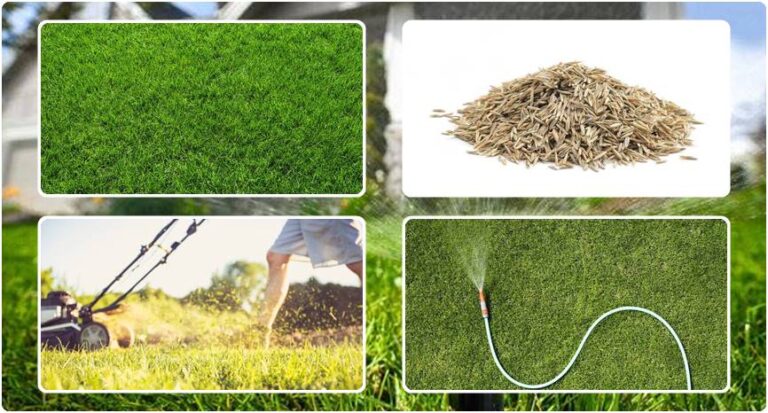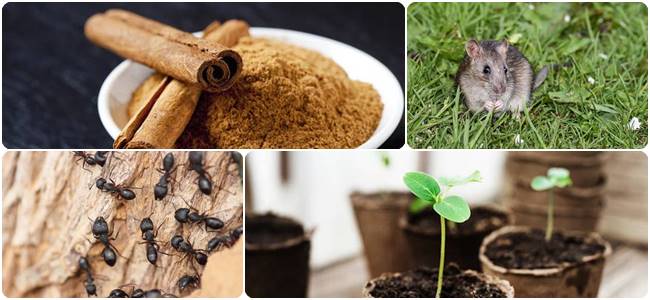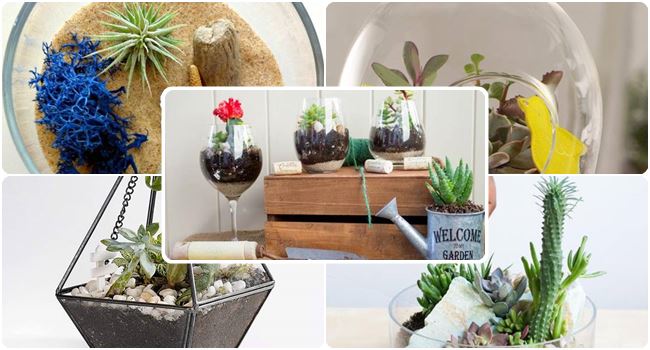19 Under the Ground Vegetables | Vegetables that Grow Underground
Vegetables that grow under the ground are called root vegetables. Under the ground, vegetables include carrot, onion, beet, potato, and many more!
Under the ground growing root vegetables make up for a delicious treat and have innumerate health benefits. Some popularly known vegetables such as beetroot, carrot, potato, turnip, and radish constitute vegetables that grow under the ground. Each root vegetable brings something unique to the table, having distinct flavor, health benefits, and nutrients. Here are some of the most sought-after vegetables that grow under the ground.
1. Carrot
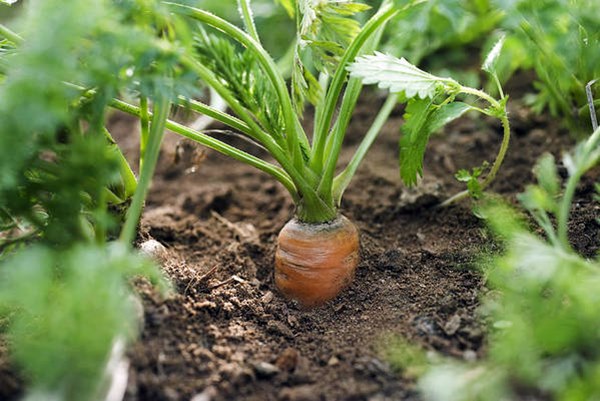
Carrot is a rewarding root vegetable that typically is orange in color but also comes in purple, black, red, white, and yellow cultivars. Good spacing, direct sunlight, and cool soil aid in the proper growth of carrots. Harvest times depend on the cultivar and range anywhere from 70 to 80 days.
2. Beet
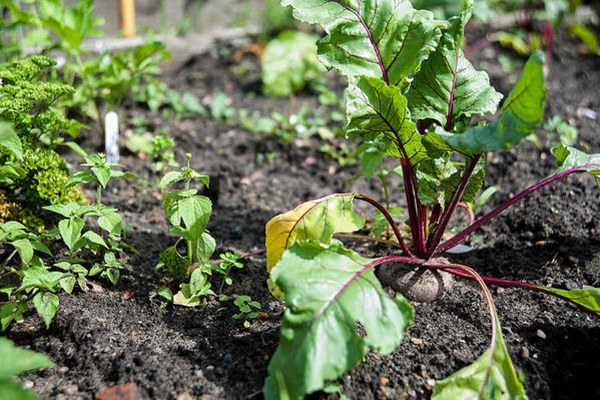
Beetroot is a round underground vegetable that comes in dark ruby red to purple. It’s consumed raw in salads or can be boiled and roasted. To get an early start, sow the seeds indoors 3-4 weeks before the last frost date. It takes anywhere from 50-70 days to be ready for harvest from planting.
3. Onion
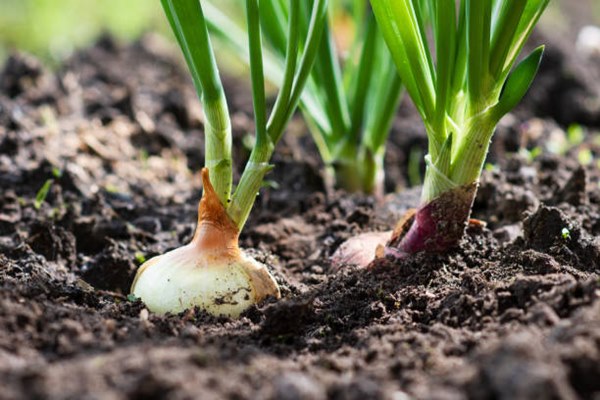
Onion is a popular root vegetable that is a bulb and has many health benefits. You can also add onion to salads, casseroles, soups, eggs, rice, and pasta dishes. Besides the bulbous onion root, leaves or scallions are also edible and used in many cuisines.
4. Potatoes
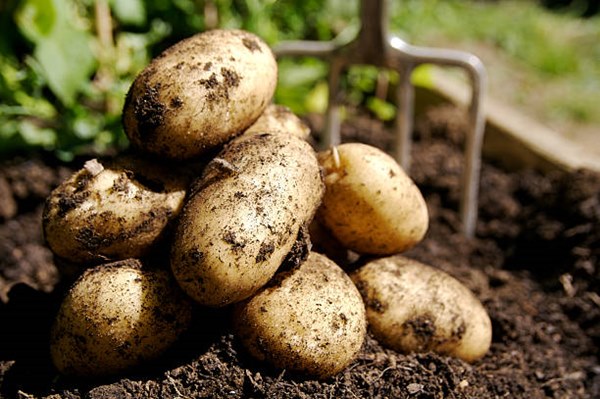
The potato is the most widely consumed vegetable on the list when the talk is about under-the-ground vegetables. You can steam, stir fry, deep fry, bake and mix and match potatoes with other vegetables. Potato is also on our list of vegetables that are easy to grow in the backyard!
5. Sweet Potato
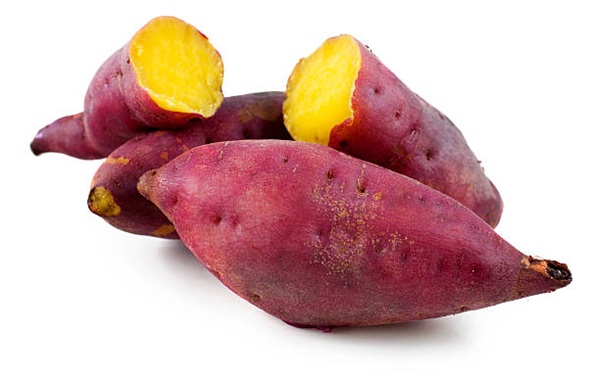
Sweet potato is a starchy root vegetable with a tuberous root system with a somewhat sweet flavor. The smooth outer skin of sweet potato can be yellow, orange, red, brown to even purple, with inner flesh being white, orange to purple, depending on the cultivar. As the roots are tuberous numerous sweet potatoes can be harvested from a single plant.
6. Radish
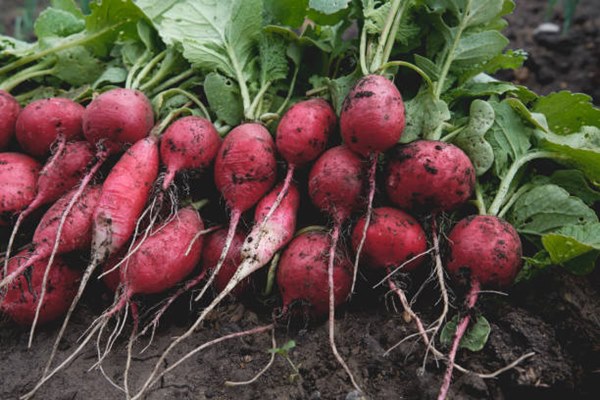
Radish is a popular underground root vegetable usually added to the salads for crunchiness. Smaller radish cultivars are ready for harvest in about a month, whereas daikon varieties can take up more time. As they are pests and disease resistant, you can grow them as a companion plant to safeguard other plants.
7. Diakon
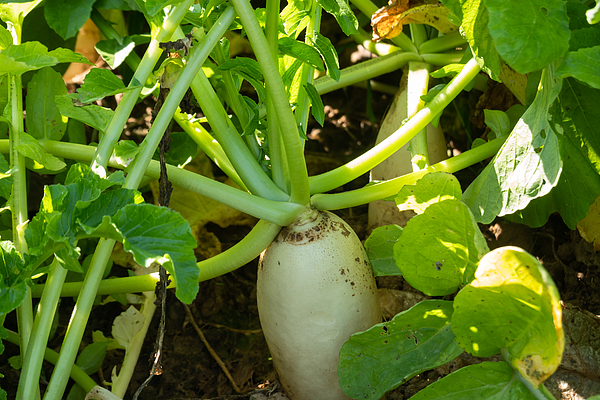
Daikon or Mooli is a winter radish characterized by white and long taproot that somewhat resemble carrots in shape, hence the name white carrot in some regions. It’s popular in south Asian countries and commonly pickled or consumed raw in salads.
8. Horseradish
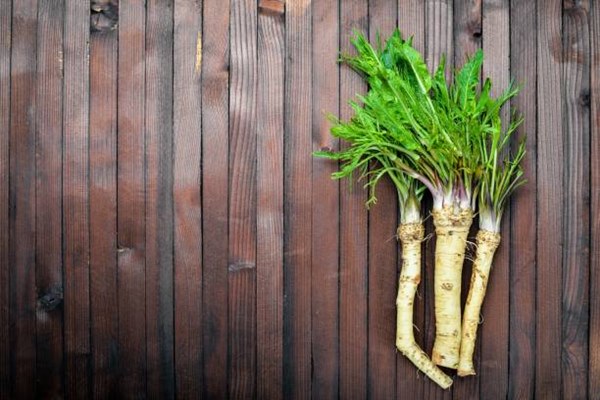
Horseradish belongs to the family Brassicaceae same as cabbage and radish. The roots and leaves of this vegetable were used in traditional medicine and Ayurveda, especially during the middle ages. Roots are large, tapered with white flesh, and used as spice and condiment.
9. Turnip
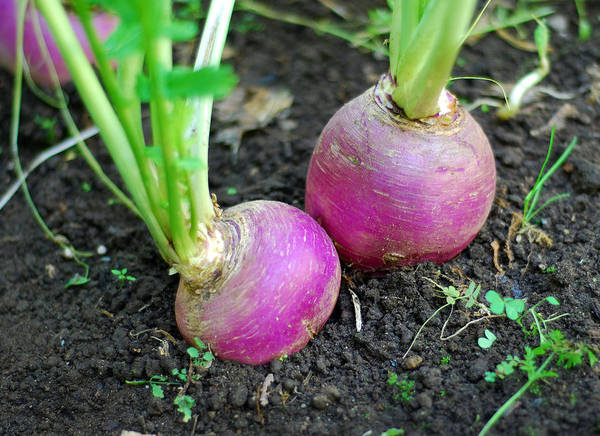
Turnips become sweeter in the frost and are one of the best root vegetables to grow in temperature regions. Besides having an incredible nutritional package, turnips also boast a flavorful profile. Spring is the perfect season to plant turnips in cold-weather climates.
10. Garlic
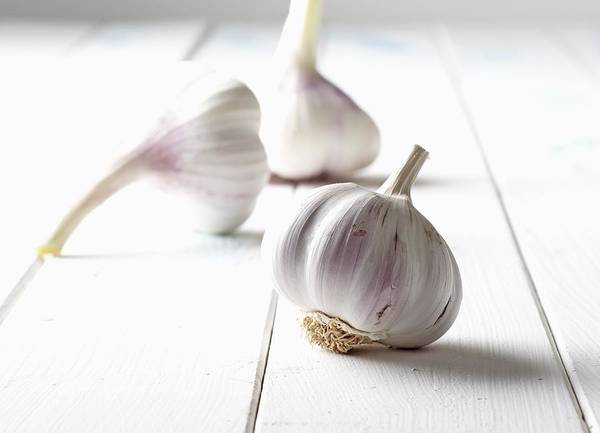
Garlic has innumerate health benefits and is often cooked with other vegetables to impart flavor. As garlic doesn’t take up much space, it’s possible to grow garlic in pots. Due to the intense flavor, only a small quantity of garlic is added to most dishes.
11. Ginger
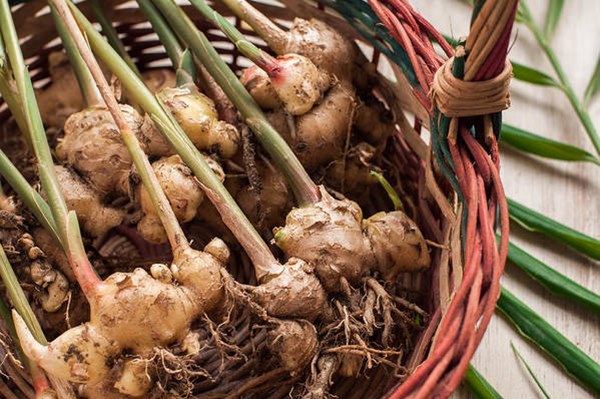
Ginger possesses many medicinal properties and is a natural antidote for sore throat, nausea, and some stomach ailments. It’s used to impart flavors to many dishes, especially when it comes to Indian cuisines. It can be grown year-round in warm climates, whereas in cold regions, plant it in early springs as it won’t survive frost.
12. Turmeric
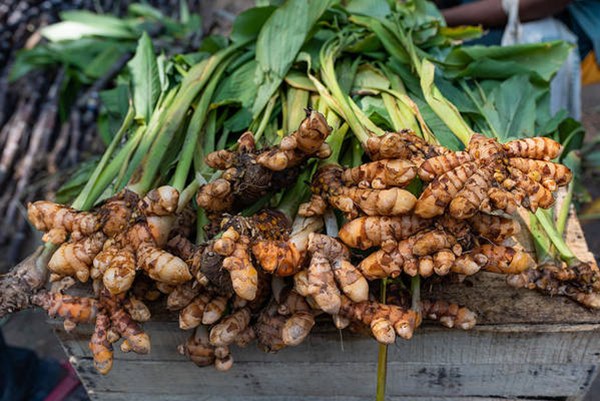
The grounded roots of turmeric are often used as a spice to add color and flavor to dishes. Turmeric also has innumerate benefits and is a potent herbal remedy for many ailments. Apart from savory dishes, turmeric is also added to many sweet recipes.
13. Celeriac
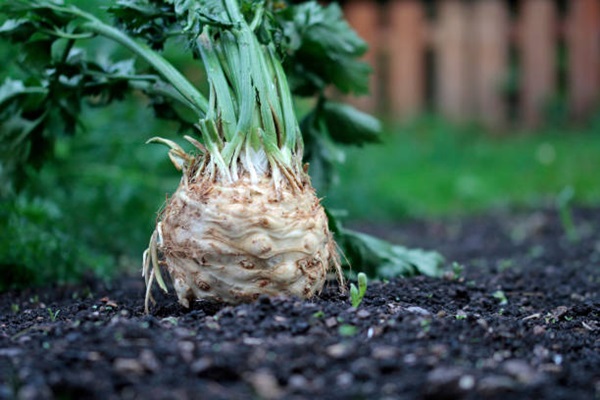
Celeriac is a type of celery that also goes by the names celery root, knob celery, and turnip-rooted celery. The bulbous hypocotyl is the edible part consumed both cooked and raw. It has an earthy flavor and potato-like texture on the outer skin.
14. Rutabaga
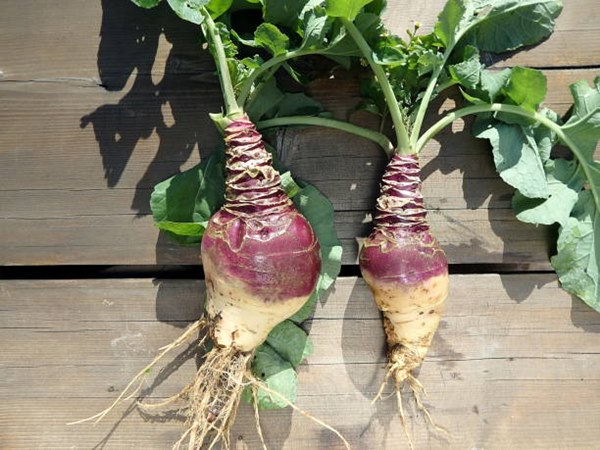
Rutabaga, also going by the name swede turnip, is a root vegetable often confused for turnips. Rutabagas are generally larger with a brownish-yellow surface and have slightly sweeter notes than turnips.
15. Yams
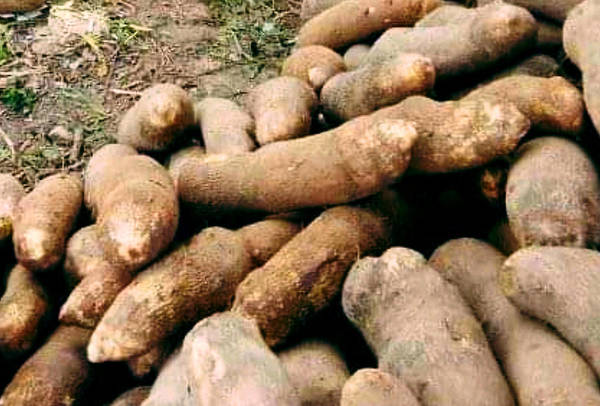
Another tuber vegetable is often confused with sweet potato but is very different. Yams are less sweeter and starchy than sweet potatoes and have a better shelf life. It’s cylindrical and can grow very large, having rough and brown bark-like skin.
16. Parsnip
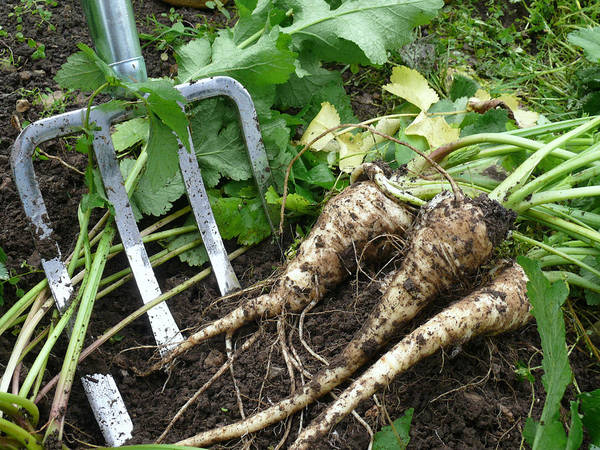
Parsnip is a root vegetable closely related to carrots and has a similar sweet flavor. Creamish-white skin and flesh, along with long taproot, are its distinguishing features. It does well in cool weather and can even survive the hard freezing of the soil.
17. Arrowroot
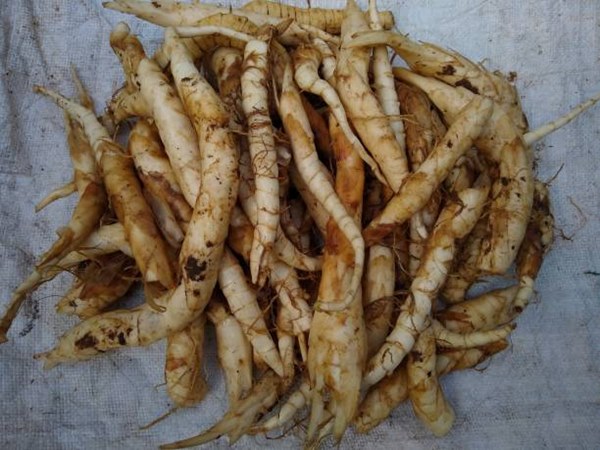
The high protein content, ease of digestibility, and nutrient availability make arrowroot ideal for children and elders. Apart from the use as a root vegetable, the tubers are also used in powdered form as a thickening agent and gluten-free flour.
18. Cassava
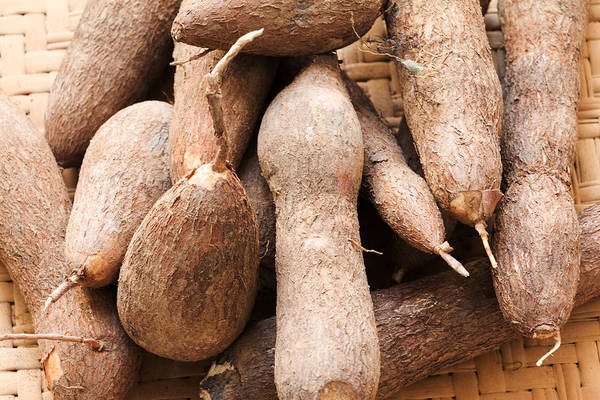
Also, going by another familiar name, yuca, cassava is a tuber and a good source of carbohydrates. It’s one of the most drought-tolerant crops and favors tropical climatic conditions. Consume the cassava roots whole, grated, or by adding its flour to bread and crackers.
19. Taro
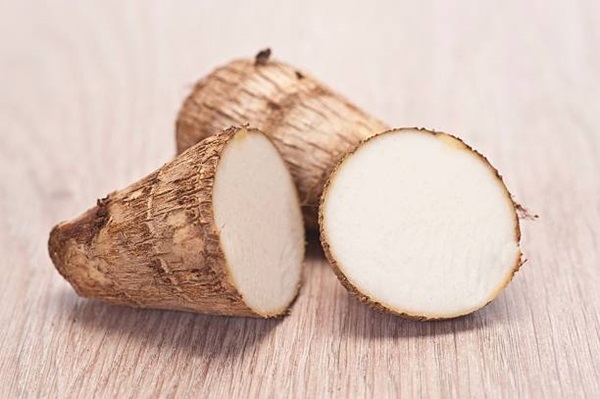
Used in several cuisines worldwide, taro is a root vegetable with a mild and nutty flavor. As it has double the fiber of potatoes, it improves digestive functions and aids in weight loss. Taro root is the sizeable spherical corm or underground stem cooked as a vegetable or made into puddings and bread.
